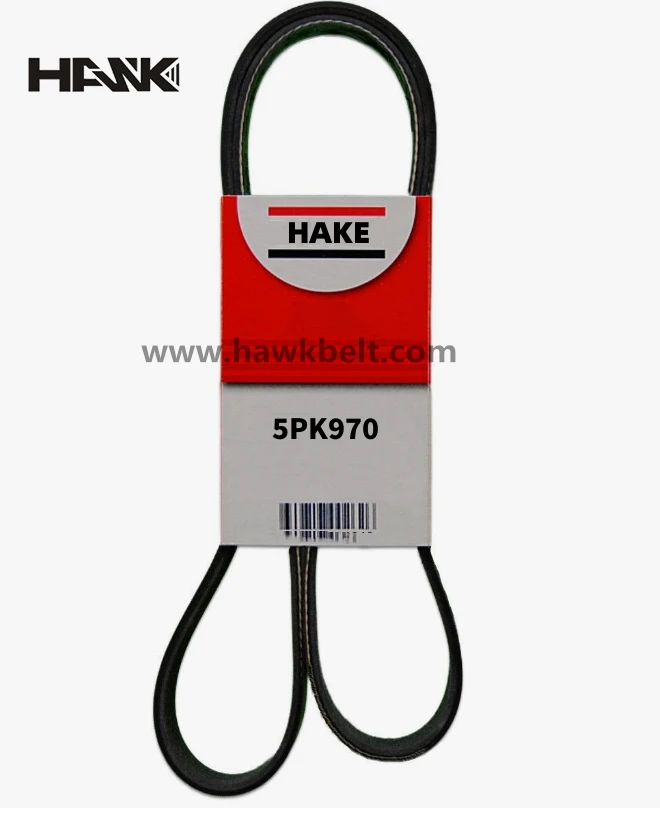- Arabic
- French
- Russian
- Spanish
- Portuguese
- Turkish
- Armenian
- English
- Albanian
- Amharic
- Azerbaijani
- Basque
- Belarusian
- Bengali
- Bosnian
- Bulgarian
- Catalan
- Cebuano
- Corsican
- Croatian
- Czech
- Danish
- Dutch
- Afrikaans
- Esperanto
- Estonian
- Finnish
- Frisian
- Galician
- Georgian
- German
- Greek
- Gujarati
- Haitian Creole
- hausa
- hawaiian
- Hebrew
- Hindi
- Miao
- Hungarian
- Icelandic
- igbo
- Indonesian
- irish
- Italian
- Japanese
- Javanese
- Kannada
- kazakh
- Khmer
- Rwandese
- Korean
- Kurdish
- Kyrgyz
- Lao
- Latin
- Latvian
- Lithuanian
- Luxembourgish
- Macedonian
- Malgashi
- Malay
- Malayalam
- Maltese
- Maori
- Marathi
- Mongolian
- Myanmar
- Nepali
- Norwegian
- Norwegian
- Occitan
- Pashto
- Persian
- Polish
- Punjabi
- Romanian
- Samoan
- Scottish Gaelic
- Serbian
- Sesotho
- Shona
- Sindhi
- Sinhala
- Slovak
- Slovenian
- Somali
- Sundanese
- Swahili
- Swedish
- Tagalog
- Tajik
- Tamil
- Tatar
- Telugu
- Thai
- Turkmen
- Ukrainian
- Urdu
- Uighur
- Uzbek
- Vietnamese
- Welsh
- Bantu
- Yiddish
- Yoruba
- Zulu
Ноя . 06, 2024 08:19 Back to list
Automobile V-Belt Selection and Maintenance Tips for Optimal Performance
Understanding V-Belts in Automobiles A Comprehensive Guide
V-belts, or Vee-belts, are essential components in many automotive systems, acting as a crucial link between the engine and various accessories. These belts help transfer power from the engine to systems such as the alternator, power steering pump, water pump, and air conditioning compressor. Understanding the function and importance of V-belts in automobiles is key for both vehicle enthusiasts and everyday drivers seeking to maintain their cars effectively.
What is a V-Belt?
A V-belt is a type of belt with a trapezoidal cross-section, which allows it to fit snugly into the grooves of pulleys. This design provides a larger surface area for traction, allowing the belt to transmit higher power levels without slipping. V-belts are typically made from a combination of rubber and reinforcement materials such as polyester fabric and steel wire, ensuring durability and flexibility to withstand various operating conditions.
Function of V-Belts in Automobiles
The primary function of V-belts in automobiles is to transmit mechanical power between the engine and various accessory systems
. Here’s how it works1. Power Transmission As the engine runs, it turns a crankshaft that is connected to the V-belt. The belt loops around several pulleys attached to different components, transferring the motion and energy from the engine to these parts. 2. Accessory Operation V-belts are responsible for running vital systems in the vehicle. For example, they drive the alternator, which charges the battery and powers electrical systems when the engine is running. The water pump, driven by the V-belt, circulates coolant to maintain optimal engine temperatures. Additionally, the power steering pump, which provides assistance in steering, relies on V-belts for operation.
3. Efficiency and Performance A well-functioning V-belt contributes to the overall efficiency and performance of a vehicle. If a belt shows signs of wear or becomes loose, it may slip, causing power loss and inefficient operation of vehicle systems. This can lead to decreased fuel efficiency and potential damage to engine components.
Signs of V-Belt Wear
v belt for automobile

To ensure that V-belts continue to function effectively, drivers should be aware of signs of wear and potential failure
- Squeaking Noise A squeaking or squealing noise, especially when starting the engine or accelerating, can indicate that the belt is worn or loose. - Cracks or Frays Regular visual inspections of the belt are essential. Look for any visible cracks, fraying, or missing segments on the belt surface, which can compromise its strength and efficiency.
- Tension Issues If the belt feels loose or has excessive play, it may need adjustment or replacement. Proper tension is crucial for optimal performance.
- Warning Lights Modern vehicles often have warning systems that alert the driver to engine or accessory issues. If any warning lights related to these systems appear, it may correlate with V-belt problems.
Maintenance and Replacement
To maintain vehicle performance, regular checks on the V-belt are advisable. Most automotive professionals recommend inspecting the V-belt during routine maintenance, typically during oil changes or every 30,000 to 50,000 miles. Replacement is usually necessary when significant wear is noted or as specified by the vehicle manufacturer.
When replacing a V-belt, it’s crucial to select the right size and type for the vehicle. Auto parts stores and manufacturers provide specifications to ensure compatibility. Additionally, when replacing one belt, it’s a good practice to inspect and potentially replace others in the same system, as they may have similar wear patterns.
Conclusion
In summary, V-belts play an integral role in the operation of various automotive systems, enabling power transfer and ensuring the functionality of essential components. By understanding their function, recognizing signs of wear, and maintaining these vital belts, drivers can better ensure their vehicles operate efficiently and reliably. Regular inspections and timely replacements are key to avoiding larger issues down the road, making V-belt maintenance an important aspect of responsible vehicle ownership.
-
Korean Auto Parts Timing Belt 24312-37500 For Hyundai/Kia
NewsMar.07,2025
-
7PK2300 90916-T2024 RIBBED BELT POLY V BELT PK BELT
NewsMar.07,2025
-
Chinese Auto Belt Factory 310-2M-22 For BMW/Mercedes-Benz
NewsMar.07,2025
-
Chinese Auto Belt Factory 310-2M-22 For BMW/Mercedes-Benz
NewsMar.07,2025
-
90916-02660 PK Belt 6PK1680 For Toyota
NewsMar.07,2025
-
drive belt serpentine belt
NewsMar.07,2025

